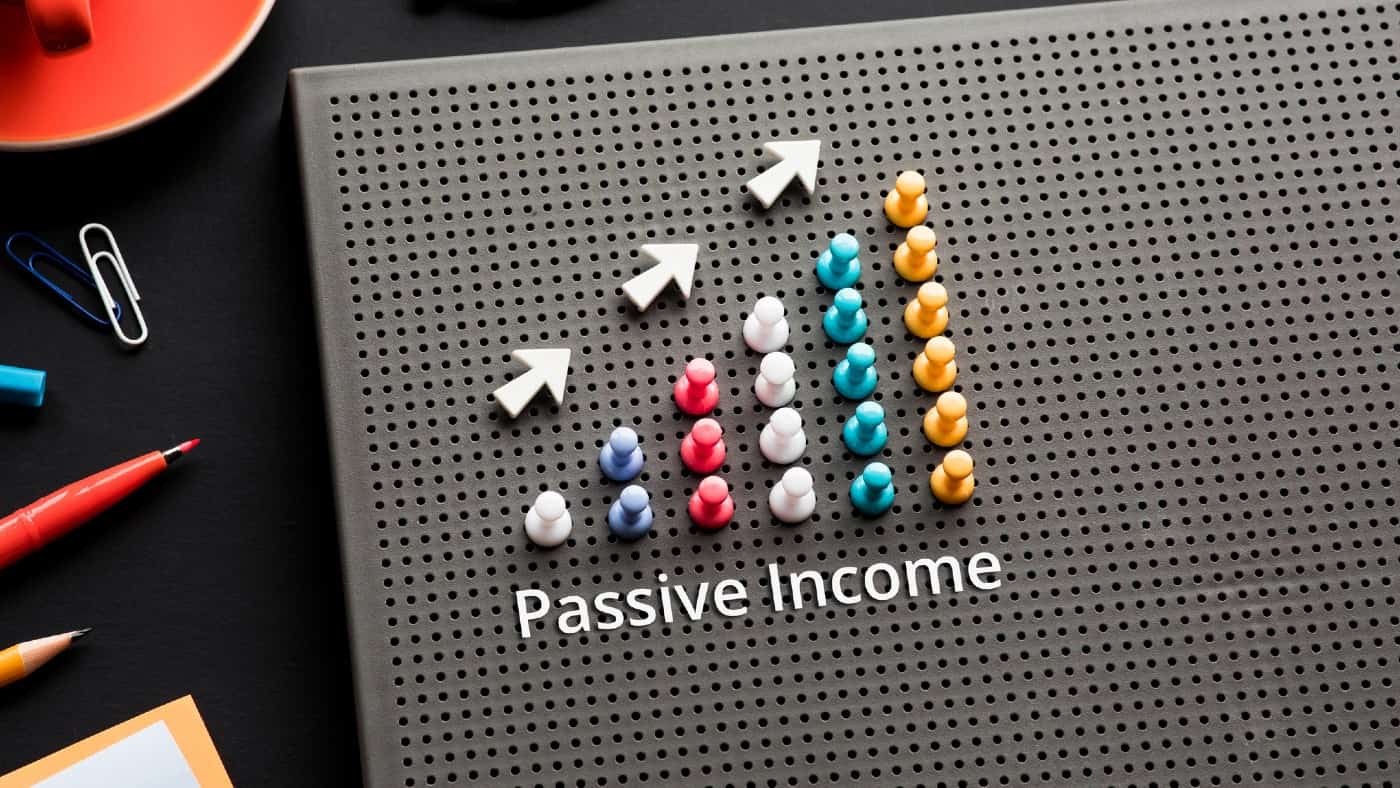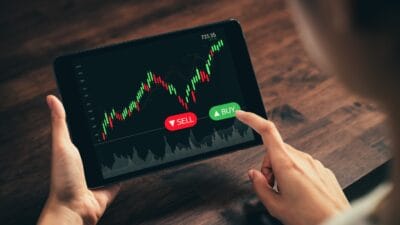The FTSE 100 has been in the headlines all week with considerable day-to-day turbulence. But market volatility doesn’t really matter in the long term. In fact, I’d say those of us investing for passive income should welcome short-term falls.
If we’re investing now to generate passive income some time in the future, which of these two scenarios will benefit us most? Will the Footsie moving gradually upwards day by day be better? Or will we gain more if the FTSE reaches the same eventual level, but with big swings along the way?
Every time we buy shares, it’s best to get them as cheap as possible, isn’t it? If the market happens to be down when we buy, we’ll get more shares for the same money. And we’ll tie in a better yield too.
Two examples
Lloyds Banking Group paid a dividend of 2p per share for 2021. On the year-end share price, that’s a yield of about 4%. And that’s not bad.
But what if I’d bought in the depths of the pandemic crash at around 25p? That 2p would equate to an 8% yield! On that particular purchase, I’d have locked in twice the yield. And I’d get that extra for every year that I hold those shares.
The Legal & General share price is down 8% over the past 12 months. But since the beginning of 2022, we’re looking at a bigger drop of 14%. And the insurer is now on forecast dividend yield of about 7.5%.
That’s a nice yield if it comes off, though there’s no guarantee. But anyone who bought at the end of 2021 would be looking at a yield of only 6.4% on what they paid. So the 2022 share price fall has boosted the prospects for long-term passive income from Legal & General.
Cherry-picked
I deliberately chose a couple of examples in potentially risky sectors there. Financial shares, banks and insurers included, often bear the brunt of any economic downturns. And that means dividends can be uncertain in the shorter term. As an aside, Legal & General has not cut its dividend in the past decade. But the general risk is there.
I’ve also chosen a particular bit of timing with Lloyds. Very few investors are lucky enough to get it that right. My purpose is just illustration though. And I think that’s better shown with more striking examples.
Modest improvements
I’ll finish with a more modest one. I bought some City of London Investment Trust shares in December 2020. The trust has lifted its dividend every year for 55 years now, and I think it’s likely to do so again this year.
The dividend yield looks like it’ll be around 4.6%, on today’s share price. But I’d be pocketing an effective yield of 5.4% based on the price I paid. Even a little extra like that, year upon year, can make a difference.
So my strategy for boosting my long-term passive income is to try to buy even more shares when stock markets are down.








